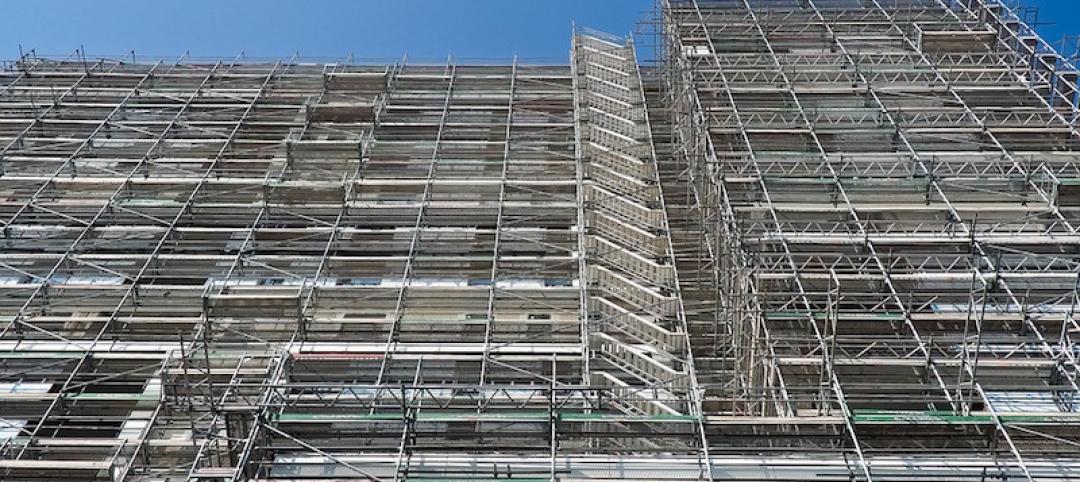Builders for Climate Action have found that embodied carbon accounted for an outsized portion of greenhouse gas emissions for new low-rise construction.
A new white paper from the group says that the carbon footprint can be significantly reduced by using conventional materials. The highest embodied carbon came from a building with high-Portland-cement concrete, and extruded polystyrene and spray-foam insulation. A typical model included concrete with some supplemental cementitious materials (SCMs), along with mineral wool insulation.
A lower-carbon alternative, called a “drawdown building” incorporated high-SCM concrete, and cellulose and wood fiber insulation. The carbon-storing model included:
· Insulated concrete forms with high-SCM concrete
· Expanded glass sub-grade insulation
· Straw and wood fiberboard insulation
· Wood cladding
· Compressed straw panel interior walls
· ReWall interior finishes
· Wood windows
· Linoleum and Forest Stewardship Council-certified softwood flooring
· Cedar shake roofing
An energy-efficient drawdown building located in Toronto and using renewable grid electricity would avoid 614 metric tons of carbon emissions over 30 years, according to the report. One caveat: Drawdown buildings rely heavily on wood products, and there are emerging questions about whether wood is universally a carbon-storing material.
Related Stories
Codes and Standards | Jul 10, 2017
New mass plywood panel project moves ahead with federal grant
New material is substitute for concrete and steel in multi-story projects.
Codes and Standards | Jul 6, 2017
Trump ups ante on apprenticeships, gives private sector more room to design them
Initiative aimed at alleviating construction industry worker shortage.
Codes and Standards | Jul 6, 2017
Flawed modeling to blame for green buildings failure to live up to hype on energy efficiency
Explains energy performance gap from expected savings to actual savings.
Codes and Standards | Jul 5, 2017
Research study examines tall timber buildings worldwide
Industry group developing criteria for categorizing wide range of construction approaches to tall timber buildings.
Codes and Standards | Jun 30, 2017
AAMA releases new document on aluminum fenestration and energy efficiency
The free download addresses entrances, storefront framing, curtain walls, windows and skylight fenestration systems.
Codes and Standards | Jun 29, 2017
Fire codes prevent cladding used on Grenfell Tower from being used in U.S.
Reports suggest an extra $6,300 for fire-resistant cladding could have prevented the tragedy.
Codes and Standards | Jun 28, 2017
Minimum Design Loads and Associated Criteria for Buildings and Other Structures, Standards ASCE/SEI 7-16, has been updated
The document is used for determining design loads including dead, live, soil, flood, tsunami, snow, rain, atmospheric ice, earthquake, wind, and fire.
Codes and Standards | Jun 27, 2017
Cold-formed steel framing engineering guide for building projects released
Better sound attenuation for subfloors and exterior continuous insulation are among the matters addressed.
Codes and Standards | Jun 26, 2017
L.A.’s new ordinance requires energy and water efficiency benchmarking
Structures 20,000 sf and larger must demonstrate steps to boost efficiency.
Codes and Standards | Jun 21, 2017
World Green Building Council: All buildings must be net zero by 2050 to avert 2°C rise
Building efficiency essential to tempering global climate change.

















